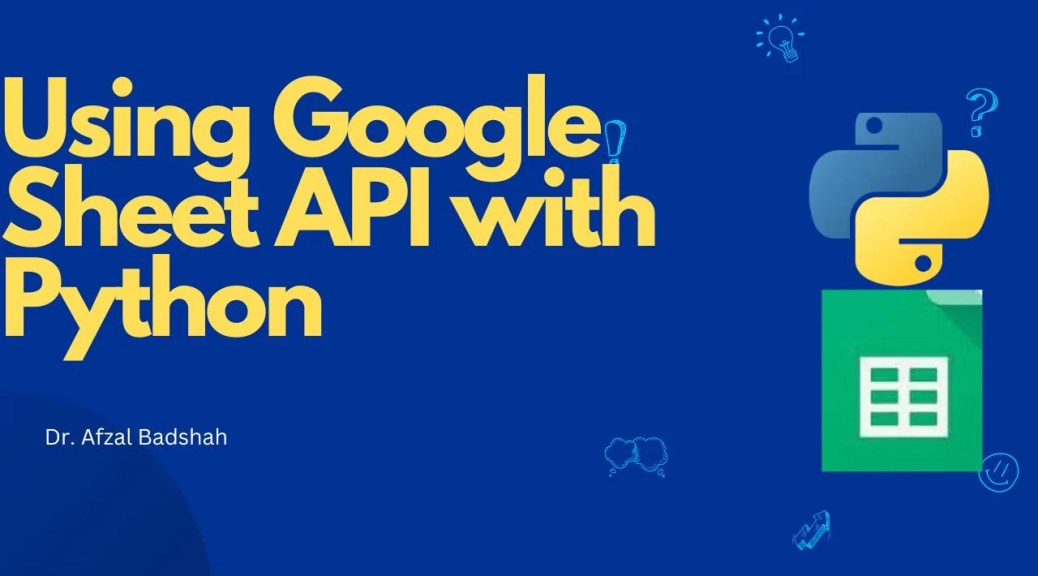Using Google Sheet API with Python
Here is the step-by-step guide to connecting Google Sheets to any Python program. In this tutorial, we connect it to Google Collab, but you can connect it to any application with the following the below points. Requirement: 1. Create a New Google Cloud Platform (GCP) Project 2. Enable Google Sheets API 3. Create a New Service Account 4. Download the JSON File Program side: Installed the required libraries Upload the JSON file, which you downloaded from the google API to…









